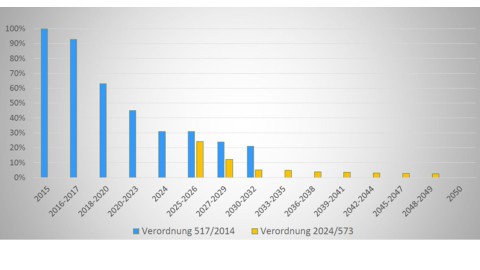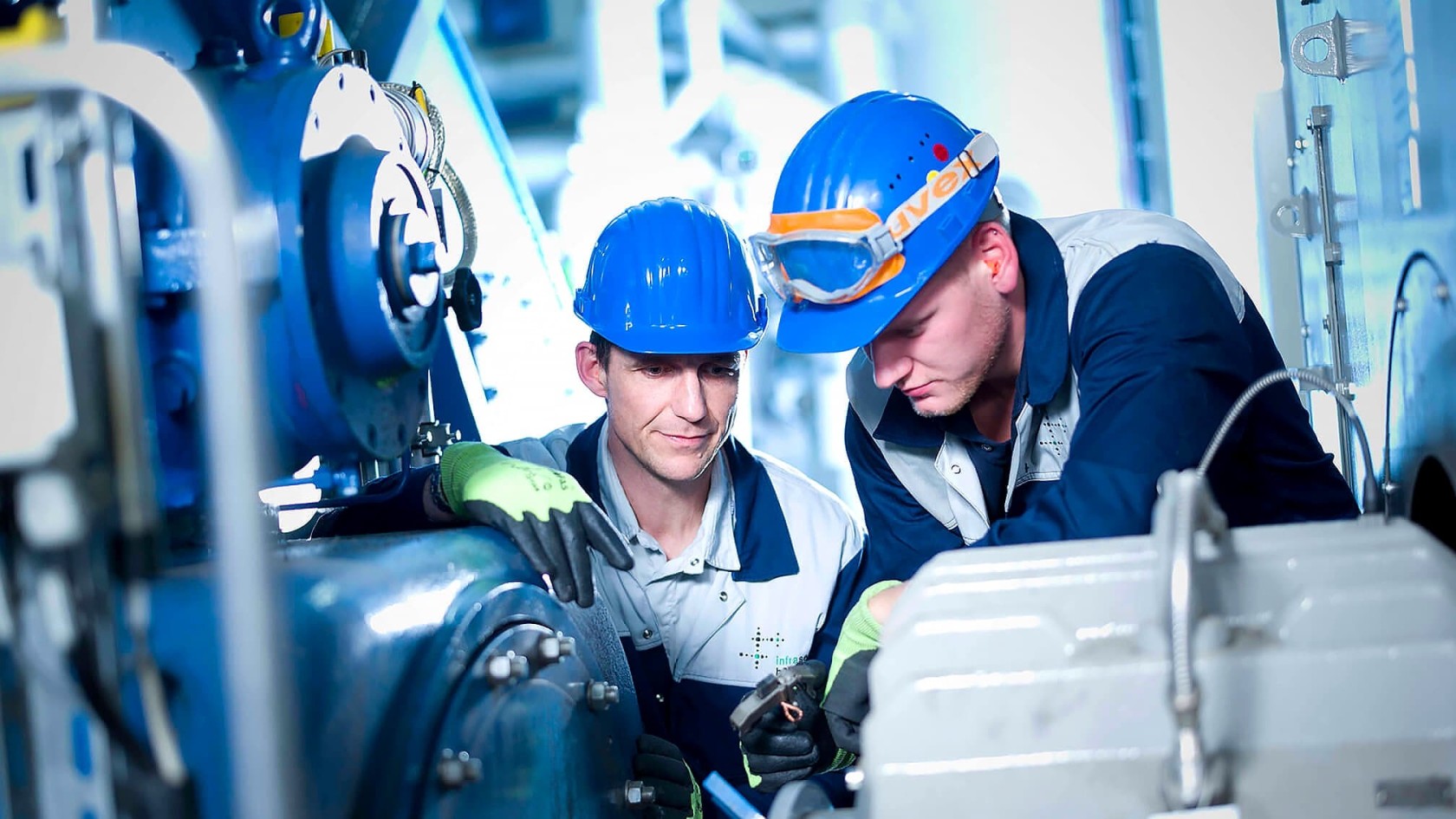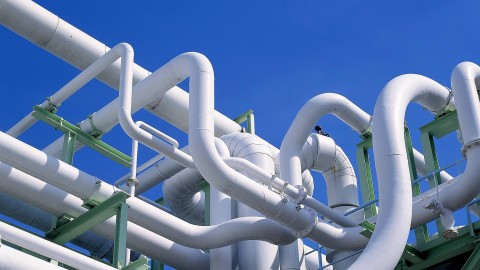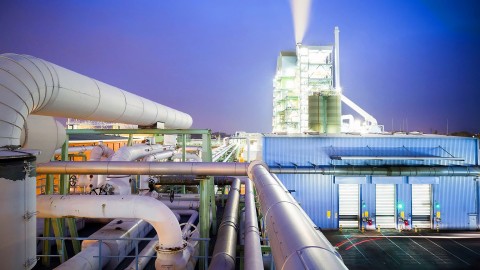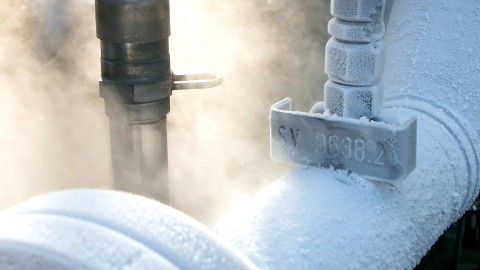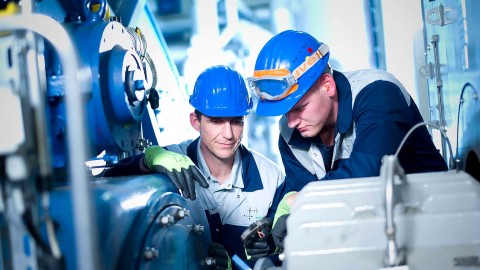Interview with Rainer Henrici and Bastian Kleinhenz
Rainer Henrici, Senior Project Manager Environmental Protection/Permits at Infraserv Höchst, and Bastian Kleinhenz, Refrigeration Project Manager at Infraserv Höchst, explain the impact of the new version of the F-Gas Regulation on operators of refrigeration systems and heat pumps.


